BPA Shares Tips on Coping With Hottest Day of Year





 Email to a friend
Permalink
Email to a friend
Permalink
Wednesday, July 29, 2015
Byron Beck, GoLocalPDX Features Editor
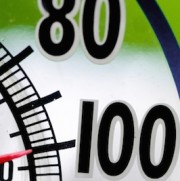
Image provided by BPA.
The Bonneville Power Administration just released is simple tips that can help consumers stay cool and save energy during especially hot days during the summer.
"There are a lot of easy things folks can do to stay cool and not get hit with a big electric bill," said Richard Genece, vice president of Energy Efficiency for BPA.
These 10 tried-and-true tips can help you trim your energy use this summer.
1. Circulate. If you don't have air conditioning, use portable or ceiling fans to move air throughout your home. Even a mild breeze can make you feel 3 to 4 degrees cooler.
2. Ventilate. In the morning or evening, open a window high on the cool side of your house and another one low on the opposite side to promote natural cross-ventilation.
3. Set and save. If you have A/C, set your thermostat to 78 degrees or higher. For every degree above 75, you can save about 5 percent on your bill. And a programmable thermostat helps you avoid unnecessary cooling costs while you're away.
4. Clean. A new or clean air filter can reduce your air conditioner's energy consumption by 5 to 15 percent and help it operate more safely and efficiently.
5. Clear. Make sure your air vents aren't blocked by furniture or other items.
6. Block the sun. Use shades, curtains and window coverings to create an extra layer of insulation. According to the Department of Energy, medium-colored draperies can reduce heat gain by 33 percent and reflective blinds can reduce it by about 45 percent.
7. Power down. Turn off heat-generating devices, such as TVs, computers, stereos and lamps when you're not using them. And only wash full loads of dishes and clothes.
8. Fire it up. Avoid using your oven on hot days. Grill outside, cook on the stovetop or use your microwave oven instead. (Always check for local fire restrictions.)
9. Swap your bulbs. Changing your bulbs can reduce lighting-related heat. A standard 100-watt light bulb produces 10 percent light and 90 percent heat, but new compact fluorescents or LEDs are much cooler and cheaper to operate.
10. Look for Energy Star. If you're purchasing an air conditioner, fan or appliance, choose an Energy Star-certified model that uses less energy and is cheaper to use.
Related Slideshow: Oregon Industries Jeopardized by Warm Weather
The balmy weather Oregon is experiencing, although pleasant, does not bode well for some of the state’s biggest industries.
The early, hot spring has posed risks to Oregon’s wine industry, crops, forest services, apiculture (bees), outdoor recreation such as rafting, and has taken a serious toll on the state’s winter recreation industry.
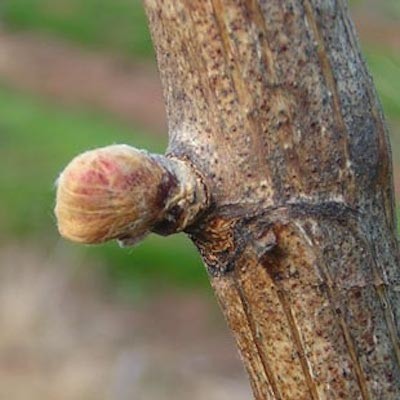
Prev
Next
Wine
When Spring arrives early, all biological processes get going earlier, including one of the most finicky Oregon crops -- grapes, which sustain Oregon’s $207.5 million wine industry through 950 vineyards and over 600 wineries.
Due to the warm weather, vineyards across the state are experiencing “bud break” -- the buds coming out of the vine -- about three weeks earlier than normal, two weeks earlier than in 2014, said Oregon State University Vitriculture expert Patty Skinkis.
“The main concern has to do with the potential for frost damaging growing tissues,” Skinkis said. “Once they start growing that green tissue, it’s susceptible to frost.” Frost damages the most fruitful shoots, making for a significant reduction in yield.
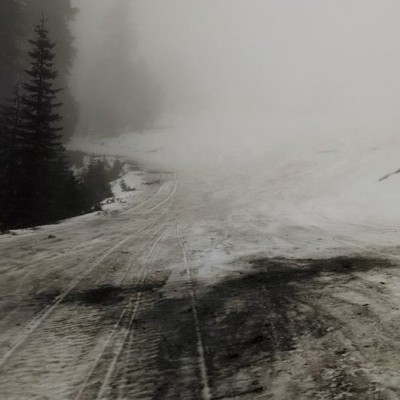
Prev
Next
Winter Sports
“This has been a very, very stingy snow season for us,” said Mt. Hood Meadows spokesman Dave Tragethon. The total number of visits for the resort was down by roughly one third, unable to open until December 22, almost a month late.
Hoodoo Ski Area, near Sisters, was open just ten days. Warner Canyon did not open at all. Cooper Spur and Willamette Pass did not open until January, while Ski Bowl, Ferguson Ridge, Mount Ashland, and Spout Springs could not consistently remain open.
Only a handful of Oregon resorts stayed open for most of the year, including Timberline, Mount Bachelor,Mt. Hood Meadows, and Anthony Lakes Mountain Resort.
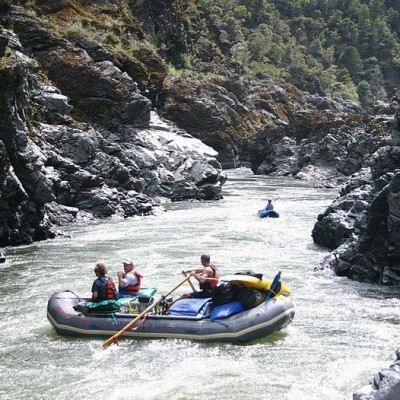
Prev
Next
River Recreation
Lower snowpack means less water in the rivers. Some outdoor recreational industries, such as river rafting, will take a hit this summer.
Craig Wright, owner of Oregon River Company since 1978, said he expects low water levels to negatively impact the bottom line of the company, which employs 25 full and part time staff.
“It’s tense,” he said. “It’s not unprecedented but it’s pretty darn unusual.”
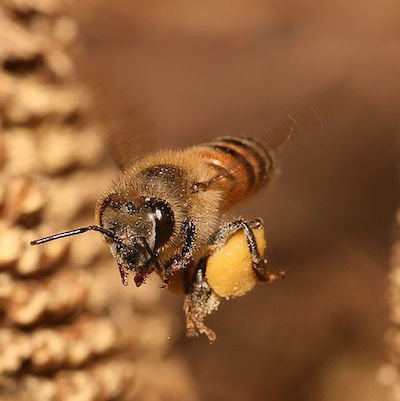
Prev
Next
Apiculture (bees)
Bees are coming out early, signalled by the early bloom of flowers.
“It’s a worry that if the weather doesn’t stay like this, if it gets rainy or cold, the bees can’t sustain themselves,” said entomologist Ramesh Sagili.
Bees can’t go outside the hive and forage if the temperature drops below 40 or 45 degrees farenheit. Ideal foraging temperature is 55 degrees.
“If bees die, then pollination becomes a problem,” Sagili said. “Agricultural crops are very dependent on honey bees.”
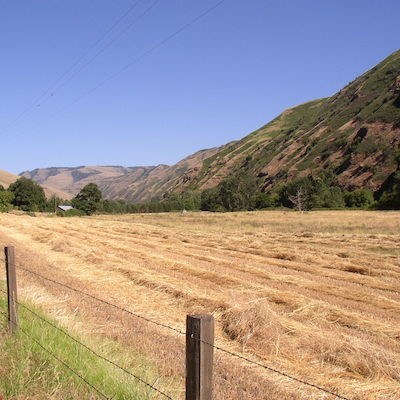
Prev
Next
Agriculture
Governor Kate Brown declared a drought emergency Tuesday in Lake and Malheur counties, both of which rely on agriculture as a key industry. A snowpack between six and 40 percent of normal was the leading factor in the decision, according to Keith Mills of the Oregon Water Resource.
Overall crop yields will be lower, as farmers focus more on money-making crops, switching to crops like wheat which get higher yield for less water.
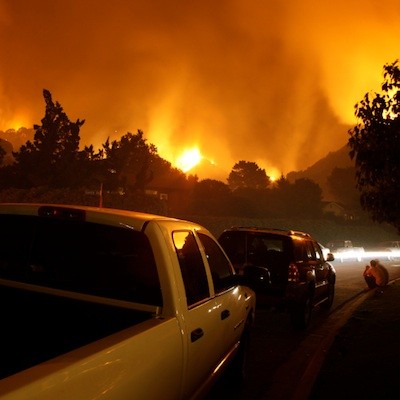
Prev
Next
Forest Fire Fighting
In 2013, firefighting costs ran an all-time record of $122 million, as crews battled more than 100,000 acres. The state tapped a $25 million insurance policy, and turned to the state’s general fund to pick up the over run.
In 2014, the ODF spent $75.6 million fighting over a thousand fires that burned more than 50,000 acres of forest. Again the state tapped its full insurance policy of $25 million and the over run came out of the state’s general fund.
According to ODF spokesman Rod Nichols, there is no indication this year will be any different.
Related Articles
Enjoy this post? Share it with others.





 Email to a friend
Permalink
Email to a friend
Permalink

















 Delivered Free Every
Delivered Free Every
Follow us on Pinterest Google + Facebook Twitter See It Read It